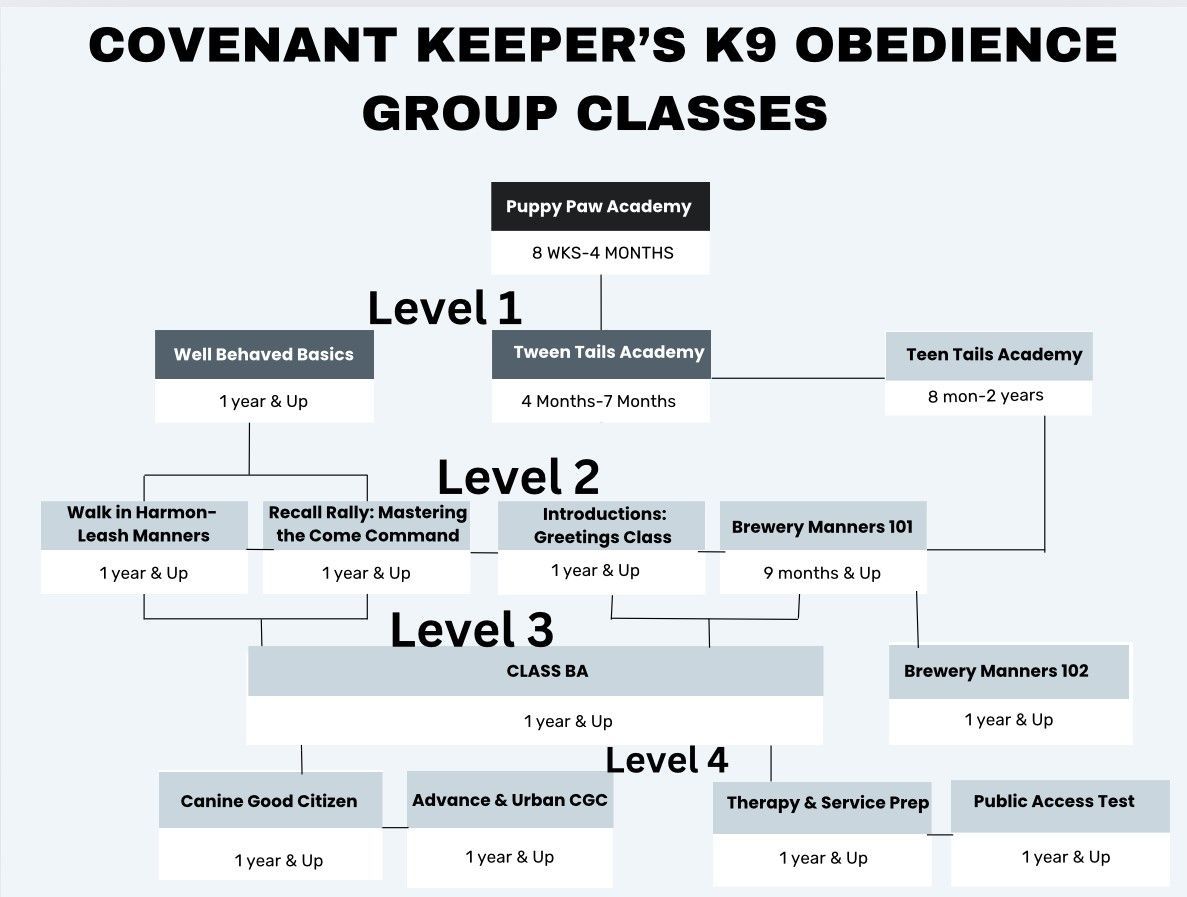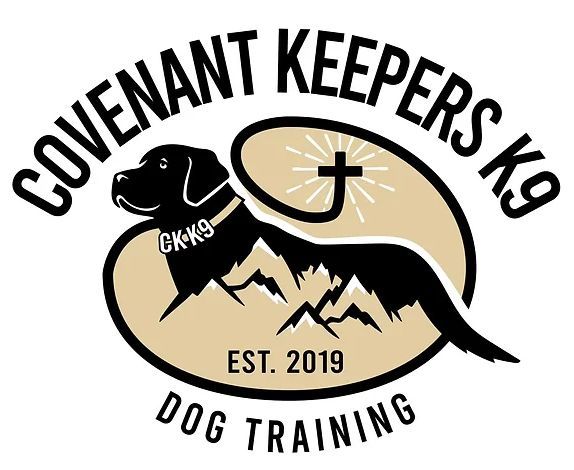Enhancing Lives
Through Expertly Trained Service Dogs
A Service Dog can give independence and improved quality of life to those with medical conditions and limited mobility.
Mobility Assistance
Mobility assistance dogs perform many things to help with daily tasks a person with a physical disability may struggle with. A mobility assistance dog can make previously hard or inaccessible places easier to cope with and give an individual independence. Mobility assistance dogs perform a variety of tasks including, but not limited to:
- Opening/closing doors.
- Retrieving dropped or stationary items.
- Retrieving necessary equipment such as a phone or medication on command from a room or rooms away.
- Picking up canes or pulling a walker closer.
- Helping to pull heavy items
- Turning lights on/off.
- Carrying items such as money, keys, medications.
- Assist in activities such as dressing.
- Go get help.
- Provide balance to a person with a(n) ataxic/antalgic/ spastic gait.
- Act as a brace during instability during transferring or when moving from sitting to standing.
Medical Alert
Medical alert dogs can fulfill a variety of needs depending on an individual's specific needs.
Medical Alert for conditions causing weakness, chronic pain, and loss of consciousness
Individuals who have been diagnosed with weakness, chronic pain, or loss of consciousness that greatly affects their daily life can be assisted by a medical alert dog.
Diabetic Alert Dogs
Diabetic Alert Dogs are trained to alert people to high/low blood glucose levels. The dogs do this by 'smelling' their person and detecting diabetic ketoacidosis. Generally, diabetic alert dogs can detect a change in blood glucose levels before they become debilitating.
PTSD Dogs
Training a service dog for individuals living with Post-Traumatic Stress Disorder (PTSD). These service dogs must possess a perceptive nature, compliant temperament, be courteous, and be intuitive in order to perform their duties independently. They must be trained to recognize and interrupt the behaviors associated with anxiety, panic attacks, and nightmares. The dog must be trained to perform many services including, but not limited to:
- Alleviate anxiety/distress.
- Provide emotional grounding by nudging, pawing, and leaning.
- Distract a person from an event by nudging, pawing, and licking.
- Assist a person in waking from night terrors and nightmares.
- Bring medication to a person on command from a room/away room.
- Stand in front of or circle an individual in crowded areas in order to create personal space (in a non-aggressive manner).
- Lead an individual safely to a building exit when experiencing an anxiety or panic attack.
- Get help by alerting another person. (Activate an emergency button or alert system).
A trained PTSD service dog is a tool and is not intended to substitute or replace the current therapeutic or medication treatment plan.
Our 5 Step Program










